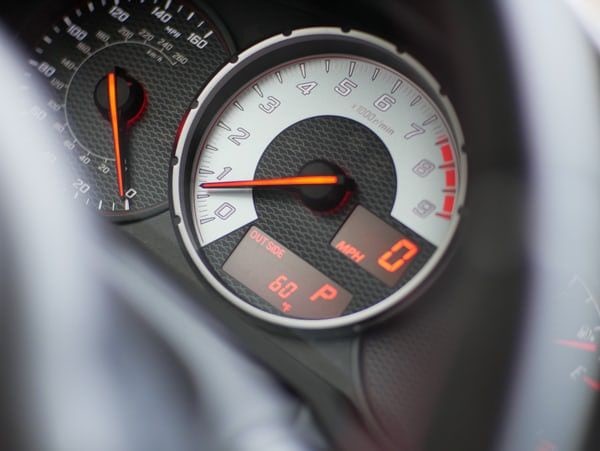We know that taking your Virginia road test can be nerve-wracking. With a little preparation and insight into the test itself, there's nothing to be worried about. This guide will make sure you know the specific requirements in Virginia, what you can expect on the road test itself and give our best practice tips. Here's exactly what you need to know to pass your Virginia road test.
What to know before your Virginia road test
First, you need to have a road test scheduled. There are no walk-ins. You can't book your road test online so you'll need to go to any Virginia DMV to schedule. Next, make sure you have a valid registration and insurance for the vehicle you'll be taking your test in. You'll need these documents when you check-in at the DMV. Also, make sure your testing vehicle meets Virginia requirements and that you have a licensed driver to accompany you to your road test. We've listed out the car requirements for you in the next section, to make it easier to go through and check off each one.
Once you verified your road test, paperwork, and car requirements, it's time for more practice. Specifically, we strongly recommend you practice in the neighborhood around the DMV where your road test is scheduled. This is where your test will be, so get to know the area. 🙂
What are the vehicle requirements for the Virginia road test
Many people are denied testing because their vehicle doesn't meet the necessary requirements. Check these and check them again. Don't make that mistake. Here's what your testing vehicle needs to have:
- Current registration, insurance, and inspection sticker
- Properly functioning brake lights, turn signal lights, horn, windows that roll up and down, operable doors, inside rearview mirror and outside side mirrors
- A windshield with no cracks or debris that would obstruct the view
- No service or warning lights illuminated on the dashboard, including low gas
If you don’t have a car or yours doesn’t meet these requirements, you have a few options. You can get a car through a driving school, see if a friend or family member is available to accompany you and lend their car, or Skip offers a car and driver service for Virginia road tests, which you can reserve ahead of time online.
What to know on the day of your Virginia road test
First, get to the DMV early! If you're late, the DMV will ask you to reschedule. We recommend arriving 15 minutes before your scheduled test time. Also, remember to bring your Learner's Permit along with the Car Registration and insurance, which you should have in the glove compartment.
In Virginia, the examiners are not as strict as their neighbors, Maryland and DC. Also unlike Maryland, in Virginia there is no track at DMVs, the test is done all out on the road in the neighborhood near the DMV. You will be happy to hear there is no parallel parking on the test.
In Virginia, the flow inside the DMV operates a little differently at each location. At the Arlington DMV, for example, your licensed driver will also need to fill out a separate driver form, so plan for that. Unlike in other states, there is no specific road test counter at Virginia DMVs, so when you arrive plan to get in the general line with everyone else. But don't worry, you have an appointment, so you shouldn't be waiting long. What happens often is a DMV rep will come out and ask who in line is taking a road test and at that point, you can jump out of line.
Here are the maneuvers you can expect on your test:
- Backing out of a space
- Three-point turn: turn your car around in a 20 to 40-foot space.
- Observe right-of-way: allow pedestrians to cross. Remember to pull over and stop for emergency vehicles to pass and don't enter an intersection where you'll interfere with other traffic.
- Backing and straight-in parking: when parked, your vehicle should be centered inside the space. We've heard of backing happening more often than straight-in parking on the Virginia road test, so practice this!
- Stop quickly: be able to make a quick and safe stop when the examiner instructs you to at 20 mph.
- Backing up: back for a distance of 50 feet at a slow speed while turning your head and looking over your right shoulder to the rear. You can't use a back-up camera on your test, so don't rely on this. We've seen many people get points off for not actually turning and looking.
- Signal and turn: get into the proper lane and signal your turn for the last *200 feet*. Right and left turns will be on your test. Even though they're basic, don't forget to practice these.
- Passing: always look ahead and behind to make sure you can pass safely.
- Follow at a safe distance: don't follow too close behind other cars. Keep a minimum following distance of three to four seconds.
What happens after my Virginia road test?
Congratulations on making it this far! If you pass, the examiner will tell you where to go to get your temporary license. If you failed, you'll need to take the test again. Each time, make sure you have a licensed driver with you and car for the road test. In the meantime, keep practicing.


